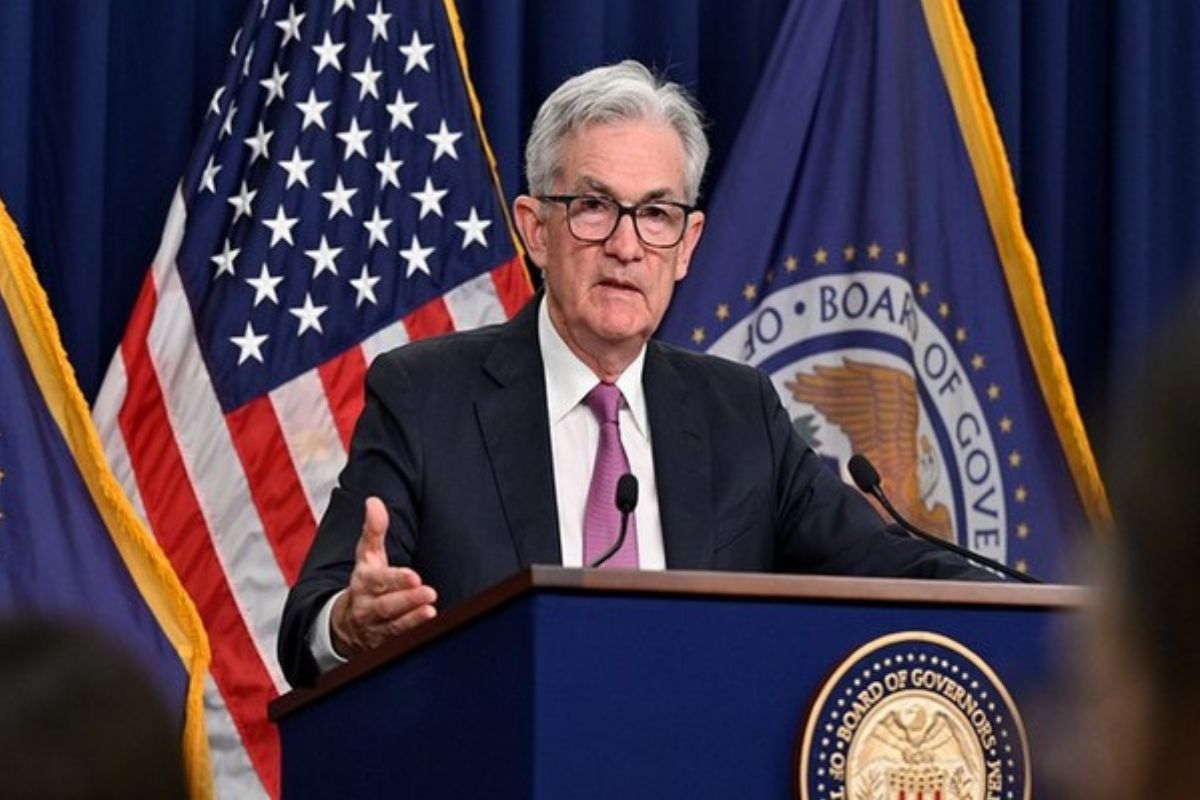The latest remarks from the US Federal Reserve Chair, Jerome Powell, mark a significant turning point in America’s monetary policy landscape. After a prolonged period of elevated interest rates aimed at combating post-pandemic inflation, the Fed is now signalling that the time for rate cuts may be approaching. However, the cautious tone of Mr Powell’s speech at Jackson Hole, Wyoming underscores the complexity of the economic situation and the challenges ahead for the central bank.
At the heart of Mr Powell’s message is the Fed’s shifting focus from inflation control to safeguarding the job market. Inflation, which surged during the pandemic, has finally moderated, with the latest figures showing a decline to 2.9 per cent, the lowest since early 2021. This downward trend in inflation is a clear sign that the Fed’s aggressive rate hikes over the past two years have had their intended effect. Yet, this success comes at a cost: a slowing labour market and rising unemployment. The unemployment rate has inched up to 4.3 per cent, and job gains, once robust, have begun to taper off. This shift has reignited concerns that the Fed’s policies, while effective in curbing inflation, could ultimately stifle economic growth and lead to a recession. Historically, the US has experienced recessions following most of the Fed’s previous rate-hiking cycles. The question now is whether the Fed can manage a soft landing, reducing rates without triggering a significant economic downturn.
Advertisement
Mr Powell’s speech suggests that the Fed is aware of these risks and is prepared to adjust its policies accordingly. However, the lack of concrete guidance on the timing and extent of rate cuts reflects the uncertainty that still surrounds the economic outlook. The central bank is clearly waiting for more data before making any definitive moves, a prudent approach given the unpredictability of the post-pandemic economy. The broader implications of a potential rate cut are significant. Lower interest rates would provide relief to businesses and consumers alike, reducing borrowing costs and potentially spurring investment and spending. This could help counteract the slowdown in job growth and prevent further increases in unemployment.
On the other hand, cutting rates too quickly or too steeply could reignite inflationary pressures, undoing the progress made in recent months. The Fed’s challenge, therefore, is to strike the right balance between supporting the labour market and keeping inflation in check. This balancing act is further complicated by external factors, including global economic uncertainties and geopolitical tensions, which could impact US economic stability. The Fed’s next steps will be critical in determining the trajectory of the US economy. As the Fed navigates this delicate transition, its ability to balance competing economic priorities will be tested. The outcome will have far-reaching consequences, not only for the US but for the global economy as well.









